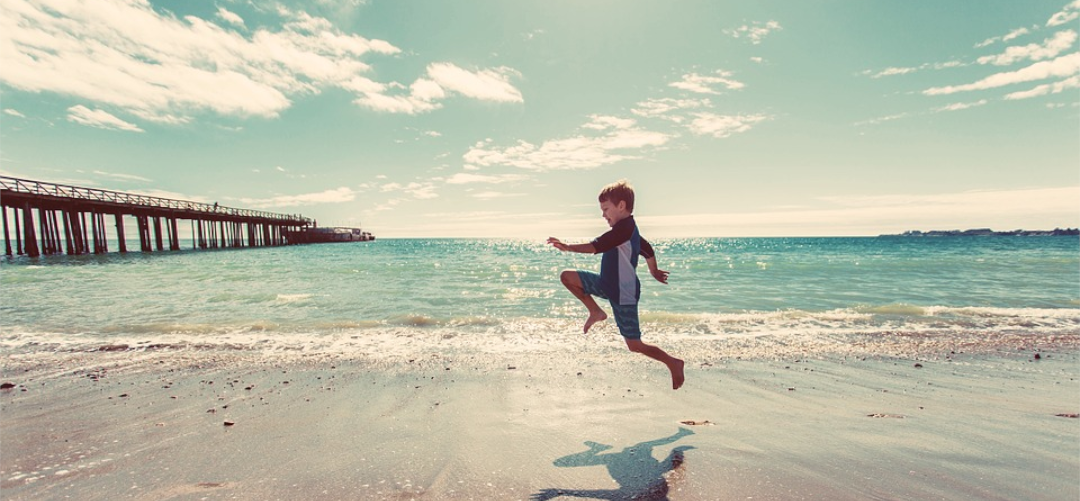Am kommenden Montag, den 28.11.22, um 16.00 Uhr wird Professor Vanni Aloisi vom Pariser Institute du Physique du Globe einen Online-Vortrag mit Titel „A Geochemist’s view of the Human Body“ halten. Der Chemiker belegt in dem Vortrag seine These, dass es starke Analogien in der grundlegenden Funktionsweise zwischen menschlichem Körper und Ozean gibt. Sein Ziel ist es, chronische Erkrankungen des Menschen besser zu verstehen und mit Erkenntnissen und Methoden aus der Meeresforschung behandeln zu können.
Über folgenden Link können Sie dem Vortrag beitreten: geomar-de.zoom.us
A Geochemist’s view of the Human Body. Abstract: Geochemists studying the ocean and physiologists studying the human body have more in common than what appears from a superficial examination of their objects of study. First, the basic set of physical and chemical laws that regulate chemical composition – mass conservation, electroneutrality, osmotic equilibrium, acid-base equilibria, pressure equilibria – are the same. Second, these systems share a number of fundamental parameters that are diagnostic of their state or health: pH, pCO2, pO2, total alkalinity (that physiologist call “strong ion difference”..). The fact that both the conceptual framework and the tools of investigation are so similar results in geochemists suffering an irresistible attraction to the study of the human body. But the link is not limited to chemical parameters and theoretical approaches. By comparing simplified versions of the carbon cycles in the ocean and in the human body, I found that strong analogies exist in the basic working of these two seemingly different systems; and this notwithstanding the 21 orders of magnitude difference in the amount of water in the ocean compared to the human body, and the 19 orders of magnitude difference in the amount of carbon. This analysis, supported by simple numerical modeling, highlights that ocean acidification is analogous to an acute asthma attack, while ocean deoxygenation is analogous to ischemia (decreased O2 delivery to body tissues). These medical analogies may help communicate the widely unknown phenomena of ocean acidification and deoxygenation to the general public. Encouraged by these results, I am developing a more applied study of the chloride isotope composition (δ37Cl) of the human body, in collaboration with colleague geochemists at the IPGP and physiologists at the Université de Paris. The aim is to understand if human pathologies such as renal disfunctions and cystic fibrosis – both conditions that alter the body chloride balance – result in measurable shifts in the chloride isotope composition of blood, urine, sweat and saliva. Preliminary results on blood and urine suggest that this is the case. Finally, in a broader approach, I am developing a numerical model that simulates the major ion composition (Cl–, Na+, K+, Mg2+, Ca2+, SO42-, HCO3–, CO2…) of body fluid compartments. The aim is to eventually expand the model to include isotope systems of choice, as geochemists will continue in their exploration of the isotopic consequences of physiological disorders.
